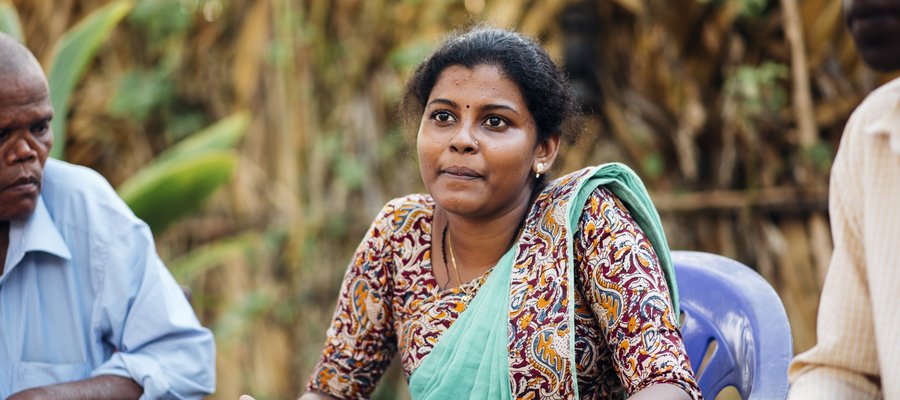What is expected from governments in the fight to defeat leprosy?


A blog by Brent Morgan, International Director of The Leprosy Mission
No disease will ever be eliminated without the partnership of governments. Within the leprosy sector, governments are a crucial and necessary partner on our journey to a world without leprosy. But what is expected from governments? What does this partnership look like in practice?
Here is where government partnership starts.
Listening to the right people – they have the answers
Who are the right people? Persons affected by leprosy. In his recent blog, Mathias Duck, TLM Global Advocacy Lead, makes the case for persons affected by leprosy being central to everything good and important that will happen in the coming years as we battle to defeat leprosy.
In Myanmar, the National Leprosy Control Programme began to meet with persons affected by leprosy and to take members of the Myanmar Association of Persons Affected by Leprosy on their case finding visits to villages with high endemicity.
They saw the members of these villages responded much better to hearing the stories of persons affected by leprosy when compared to hearing only from the doctors that used to visit on their own. In this situation, partnering with persons affected by leprosy enabled the government to identify more cases of leprosy, as people were more willing to show their signs and symptoms to doctors after hearing the stories of persons affected by leprosy.
This is one of many examples of how persons affected by leprosy have guided government work and resources to the best place, the most cost-effective solutions, and the situations where the greatest change can be made. All government partners must be ready to listen to the right people.
Commit to ending transmission - because it is possible
Thanks to the WHO’s Global Leprosy Strategy 2021-2030, we have a framework for achieving zero transmission. Through active case finding, contact tracing, preventative antibiotics, and improved diagnostics, interrupting the transmission of leprosy has never been more possible. Our goal of no new leprosy cases worldwide by 2035 is possible.
However, although we have the tools to end leprosy transmission, we still need the political will to make this a reality. Without the support of the government’s local health workers and systems, we cannot perform effective active case finding or contact tracing and we cannot roll out preventative antibiotics (PEP).
The tools are available to end leprosy, but we need governments to recognise the importance of the goal. Governments can spearhead their nations towards elimination and they can prevent lifelong disabilities in their citizens, both of which are cheaper in the long run than maintaining the status quo. This would be a great legacy for any government.
Work with partners - so you don’t have to do it alone
The Leprosy Mission and others within the leprosy sector are not expecting governments to end leprosy on their own. Within our sector there is the experience, expertise, and drive to put leprosy in the history books and we come to governments with open hands.
Working with ILEP partners in your country is a great start for any government, but one of the best things for a government who is trying to eliminate leprosy is to work with the Global Partnership for Zero Leprosy on a Zero Leprosy Country Model.
The GPZL Country Models are a way of identifying targets that are specific to your country and of bringing together the collective leprosy expertise within your country. The roadmap and action plan that comes from this process can galvanise actors in your country behind an achievable plan for eliminating leprosy.
As well as working with ILEP partners and GPZL, we encourage governments to engage with and learn from the UN’s Special Rapporteur on leprosy, whose reports and country visits provide further invaluable tools for defeating leprosy.
Recognise that this doesn’t end with transmission – because it doesn’t
The last step for any government partner is acknowledging that leprosy will not cease to exist when there are no new cases of leprosy. For decades after the last case of leprosy is diagnosed, there will be persons who are living with leprosy-related disabilities and leprosy-related stigma.
Governments must continue to provide rehabilitation services and actively challenge the stigma around the disease. Both of these things can be achieved through the UN’s Convention on the Rights of Persons with Disabilities.
This brings us nicely back to where we started. The best way to ensure your government is supporting persons affected by leprosy with disability and stigma is to listen to them. They know better than anyone where the problems lie and what solutions may be best.